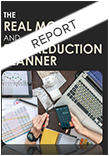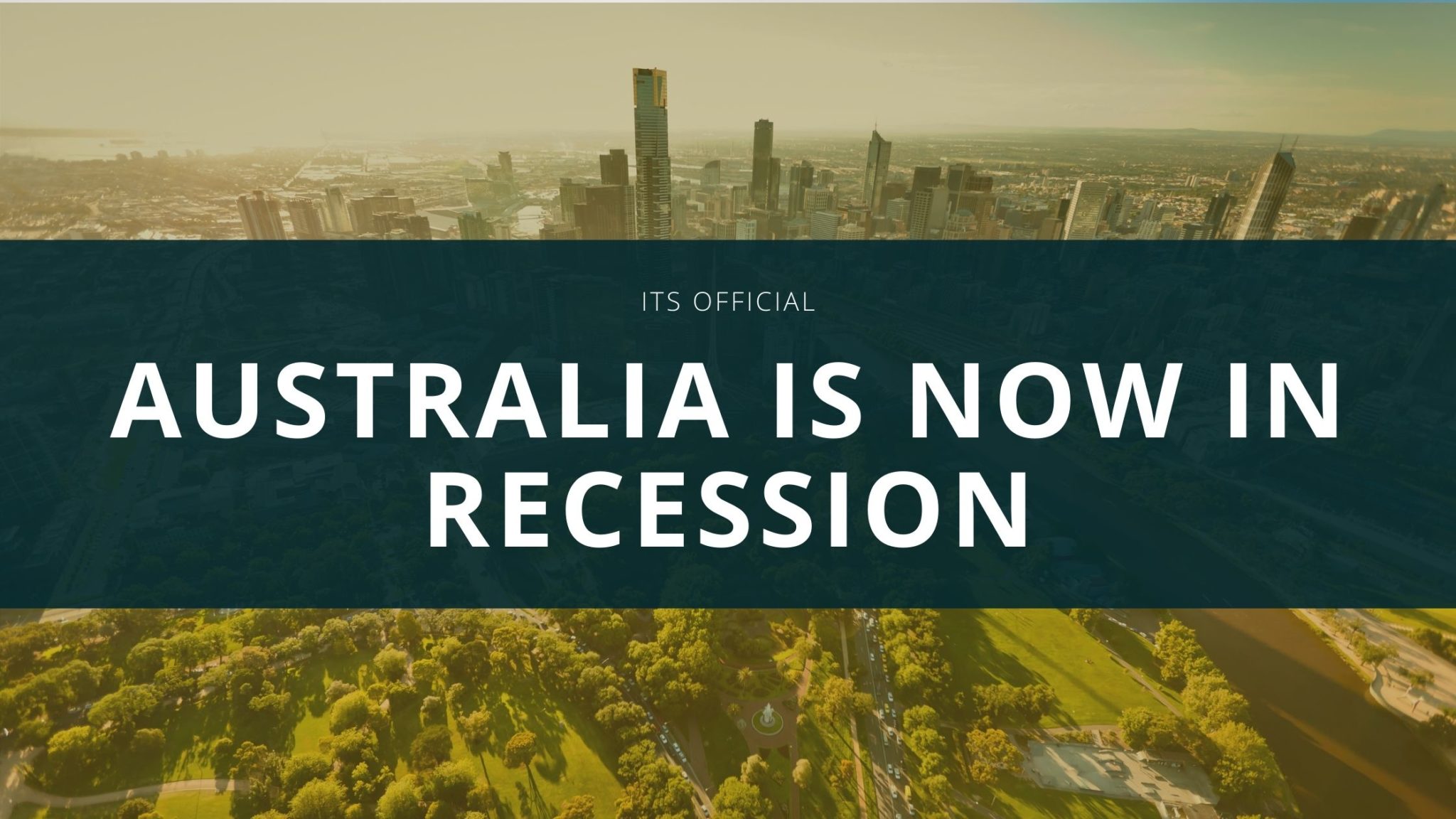Real Wealth Australia
House values up almost 400 per cent?
 It’s a staggering figure, isn’t it? But according to a major ratings agency, Fitch Ratings, that is the precise amount that Australian house prices have increased in less than two decades.
It’s a staggering figure, isn’t it? But according to a major ratings agency, Fitch Ratings, that is the precise amount that Australian house prices have increased in less than two decades.
In its 2015 Global Housing and Mortgage Outlook report, Fitch notes that Australia has had the strongest price growth of any of the nations it has reviewed since 1997.
With growth of nearly 390 per cent across that period, it’s hardly surprising.
Read more of their findings below, including their predictions of where Australian property prices are headed in 2015…
Australian housing near world’s most expensive but forecast to rise further
A major ratings agency forecasts Australian home price growth to slow, as the nation approaches an “affordability ceiling”.
Fitch Ratings is forecasting 4 per cent growth in Australian residential property prices this year, down from around 7 per cent in 2014.
In its 2015 Global Housing and Mortgage Outlook report, Fitch finds that Australian homes are the third most expensive of the 22 countries it looks at on the level of prices compared with rents and also compared with incomes.
“Australian property remains among the most expensive on almost all metrics,” noted the report.
“With almost 25 years of continuous GDP growth, record low rates and stable unemployment, Fitch expects Australian prices to remain high and affordability likely to slightly worsen in the near term before levelling off as it reaches an affordability ceiling.”
Fitch notes that Australia has had the strongest price growth of any of the nations it looks at over the period since 1997, at nearly 390 per cent.
Despite this, Fitch’s forecast of 4 per cent growth this year would put the Australian market third for 2015 increases behind South Africa and Brazil, both countries with much higher rates of general consumer price inflation.
In addition, Australia has had the highest level of new mortgage lending growth since 2007.
However, Fitch notes that Australia also has the highest level of mortgage prepayments, giving many borrowers a buffer if interest rates start to rise.
One area where Australian housing continues to fall is in home ownership rates, which have declined from 70.7 per cent in 2000 to 67.5 per cent, although this is a trend that has been observed in most developed countries, except Germany where ownership rates have traditionally been lower at just above 50 per cent due to favourable tenancy laws for renters.
While ownership keeps falling, it seems the supply of dwellings is finally starting to match demand.
It appears that, at worst, Australia’s reported housing shortage will not worsen and, at best, it will improve, with Fitch forecasting a surge in construction to continue keeping up with strong population growth, mainly due to immigration.
Source: http://www.abc.net.au/news/2015-01-15/australian-housing-near-most-expensive-but-forecast-to-rise/6018696
Til next time, happy investing!
Helen Collier-Kogtevs
Real Wealth Australia
Share this post
Become a successful Property Investor















